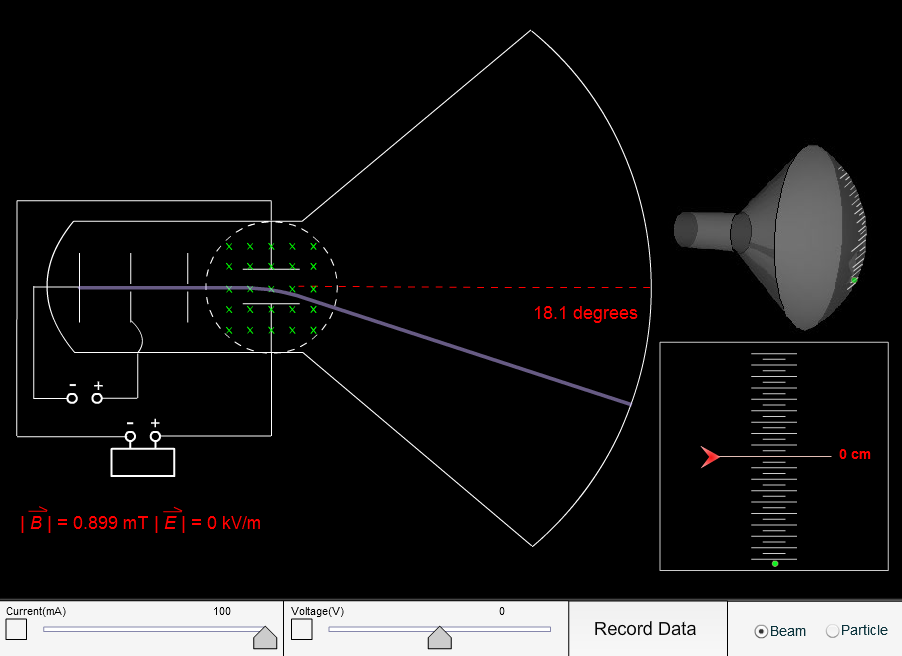


Goldstein seems to have been the first to advance the theory, which has attained a good deal of prevalence in Germany, that these cathode rays are transversal vibrations in the ether. If the cathode were replaced by a luminous disk of the same size, this disk would not cast a shadow of a small object placed near it, for though the object might intercept the rays which came out normally from the disk, yet enough light would be given out sideways from other parts of the disk to prevent the shadow being at all well marked. This was a very important observation, for it showed that the rays casting the shadow came in a definite direction from the cathode. This observation was extended by Goldstein, who found that a well marked, though not very sharply defined, shadow was cast by a small body placed near a cathode of considerable area.

The subject was next taken up by Plücker’s pupil, Hittorf, who greatly extended our knowledge of the subject, and to whom we owe the observation that a solid body placed between a pointed cathode and the walls of the tube cast a well defined shadow. Plücker ascribed these phosphorescent patches to currents of electricity which went from the cathode to the walls of the tube and then for some reason or other retraced their steps. Plücker, who had made a very minute study of the effect of a magnetic field on the ordinary discharge which stretches from one terminal to the other, distinguished the discharge which produced the green phosphorescence from the ordinary discharge by the difference in its behavior when in a magnetic field. He owed the opportunity to do this to his fellow-townsman Geissler, who first made such vacua attainable. Plücker was the first physicist to make experiments on the discharge through a tube in a state anything approaching what we should now call a high vacuum. The first observer to leave any record of what are now known as the cathode rays seems to have been Plücker, who in 1859 observed the now well-known green phosphorescence on the glass in the neighborhood of the negative electrode.


 0 kommentar(er)
0 kommentar(er)
